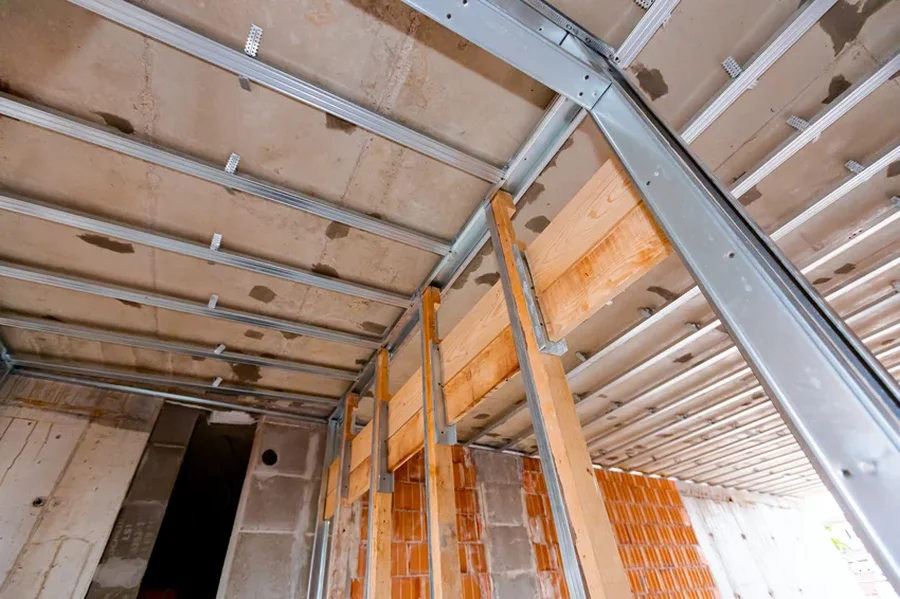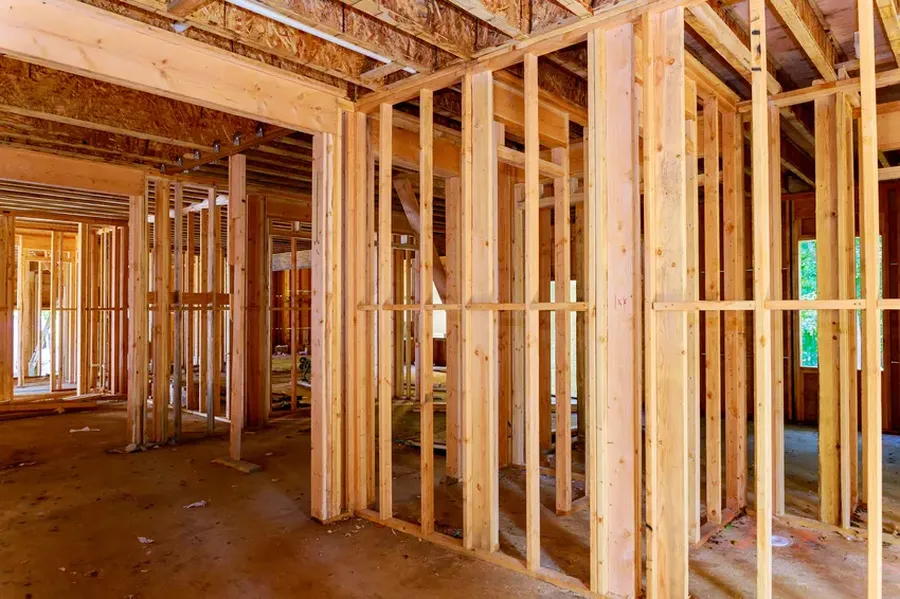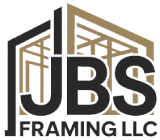A Comprehensive Guide to Building Strong and Reliable Walls
Building a strong and reliable wall is essential in any construction project. Achieving this requires the right tools, techniques, and a deep understanding of the process. Proper framing ensures that walls are not only sturdy but also align perfectly with design specifications, providing structural integrity and aesthetic appeal. This guide will delve into the key aspects of effective wall construction, offering insights into tools needed, common challenges, and best practices to ensure your project stands up to scrutiny.

Importance of Quality Materials
The materials you choose play a crucial role in the success of your building projects. High-quality lumber or steel ensures durability and strength. Using subpar materials can lead to issues like warping or instability over time. Always opt for materials that meet industry standards and have been tested for reliability. This choice will save you time and resources in future maintenance or repairs.
Essential Hand Tools for Construction
When it comes to wall framing, having the right hand tools is non-negotiable. Basic tools include hammers, saws, levels, and squares, which are critical for precision cutting and measurement. These tools help achieve exact dimensions and angles, ensuring everything fits together seamlessly. Investing in quality tools pays off in accuracy and ease of use during construction.

Must-Have Power Tools
While hand tools lay the groundwork, power tools accelerate the process significantly. A nail gun, drill, and circular saw are indispensable when undertaking large-scale framing jobs. They increase efficiency by speeding up tasks that would otherwise be labor-intensive. Ensure all power tools are maintained regularly to avoid any downtime due to equipment failure.
Common Challenges and How to Overcome Them
One of the main challenges in wall framing is dealing with uneven surfaces. This can cause misalignment during assembly. To address this, always check surfaces before starting and level them if necessary. Another common issue is inaccurate measurements leading to costly rework. Precision is key here; double-check all measurements before cutting materials.
Step-by-Step Process for Successful Assembly
- Measure and mark all required points on the surface where the wall will stand.
- Cut your materials according to these precise measurements.
- Assemble the frame on a flat surface, using a square to ensure corners are at 90 degrees.
- Securely fasten each joint with nails or screws as appropriate.
- Stand the completed frame upright and fix it securely into position.
- Check the alignment again and make any necessary adjustments.
Best Practices for Long-Lasting Results
- Always use a tape measure for accurate readings.
- Double-check levels frequently to maintain evenness.
- Regularly inspect and maintain all tools for optimal performance.
- Follow safety guidelines to prevent accidents during construction.
Cost Considerations and Value Propositions
The upfront cost of high-quality materials and tools may seem daunting, but they offer greater value over time through reduced maintenance costs and increased longevity. Investing smartly in quality equipment can result in better returns on investment through fewer repairs and increased property value. Look for trusted brands offering warranties or guarantees to maximize your investment security.
Your Pathway to Expert Building Solutions
Your construction projects deserve the highest standard of care and expertise. At JBS Framing LLC, we understand the intricacies involved in creating strong structures. Reach out to us at (208) 941-0081 for personalized advice tailored to your needs. Located in Caldwell, ID, our team is dedicated to guiding you through every step of your building journey with expert solutions and top-grade service.
